Comets are something most of us don't often get a chance to photograph. 2013 offers two chances for possible comet photography. I say possible because as David Levy (Levy-Shoemaker Comet) said, "Comets are like cats; they have tails, and they do precisely what they want." Projections could fizzle or, as many of us hope, Comet ISON and Comet PANSTARRS could put on even bigger shows than expected.
So, fingers crossed and wishes said, let's move on to what you need (yes, including what kind of camera you need) to photograph ISON and PANSTARRS.


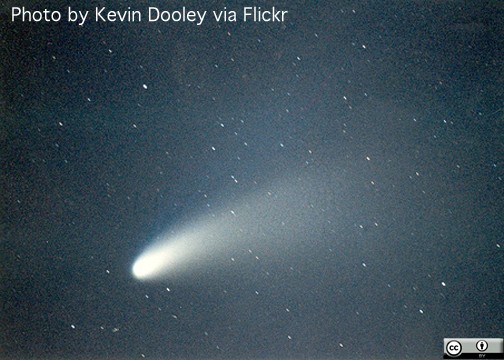
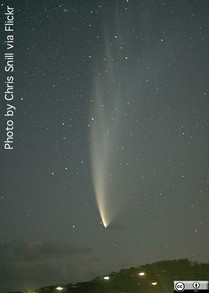



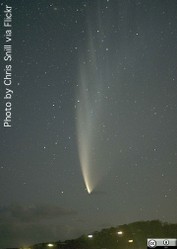

 Quick Leveling Guide for Dawn of the Dragonson 03/28/2014
Quick Leveling Guide for Dawn of the Dragonson 03/28/2014
 ArcSoft Portrait+ Review with Discount Codeon 02/11/2014
ArcSoft Portrait+ Review with Discount Codeon 02/11/2014
 How to Stay Cool in a Heat Waveon 07/17/2013
How to Stay Cool in a Heat Waveon 07/17/2013
 Lowepro Transit Sling 250AW Reviewon 07/05/2013
Lowepro Transit Sling 250AW Reviewon 07/05/2013
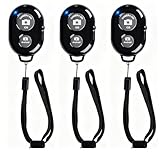

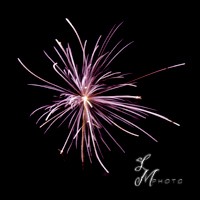
Comments
Cool I'm thrilled with the possibility of my photographing any fast moving objects, now maybe I can get pics of my kids who happen to love this subject. Great tips thanks! :)K